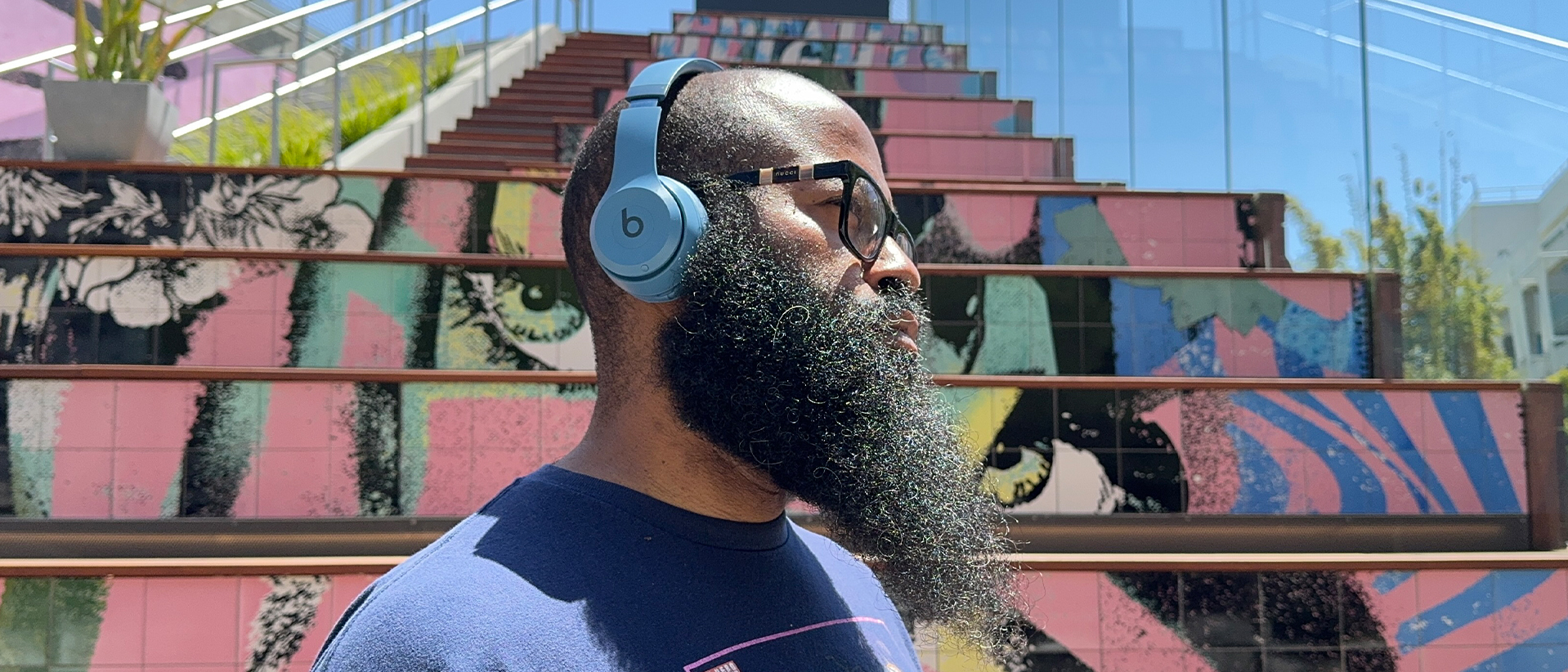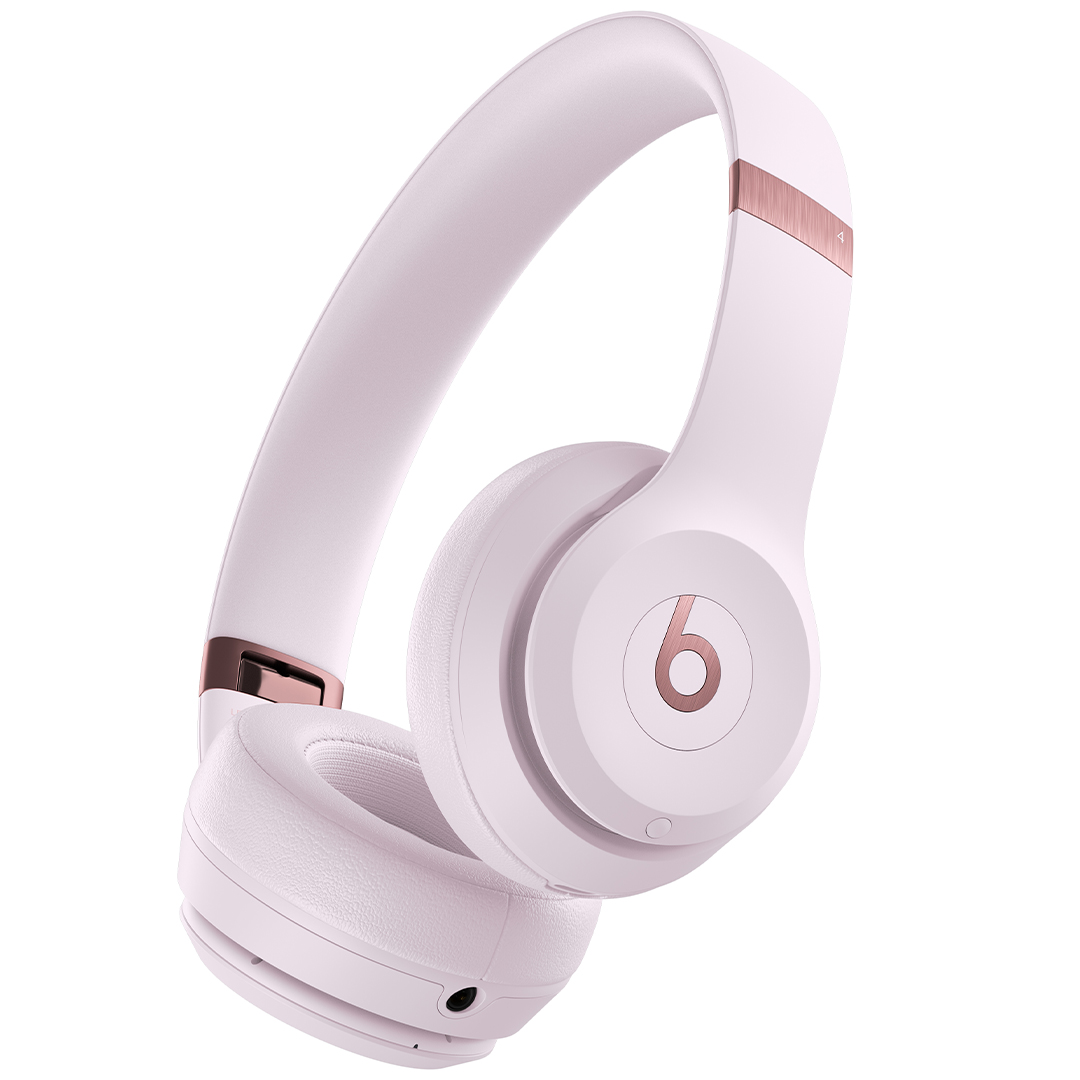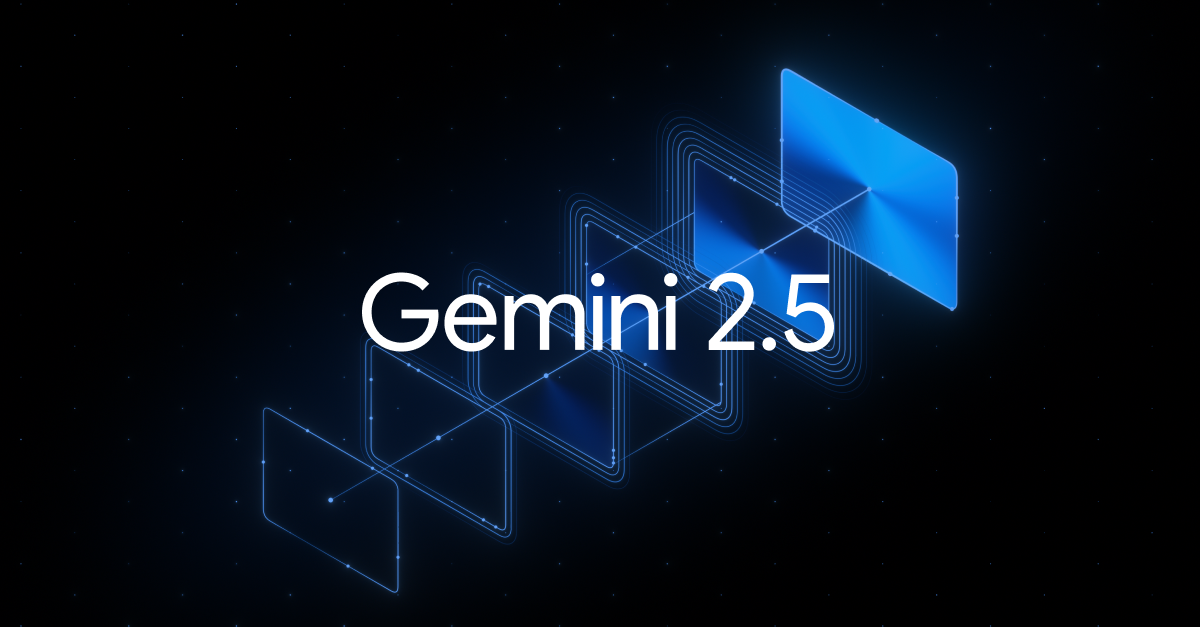Android Central Verdict
There are few on-ear headphones options for those who like that style, compared to in-ear and over-ear headphones. Launched in 2019, Beats Solo Pro wireless on-ears made a lot of noise in the industry, with music lovers praising them for their warm but balanced sound profile. Five years later, Beats is back with its next-gen on-ear headphones. Beats Solo 4 have some new tricks and a new sound that's sure to have people talking! They’re likely the most flexible, best-sounding pair of on-ear headphones you’ll find today.
Pros
- +
Bluetooth, USB-C, and 3.5mm wired connections
- +
Neutral tuning
- +
Battery life
- +
Mechanical button controls
- +
Native Android and Apple features
Cons
- -
Bass lovers may miss Beats signature booming bass
- -
No Hi-Res Audio wireless support (aptX Lossless, LDAC, etc.)
Why you can trust Android Central
In 2016, I survived 30 days on the Whole30 diet. The goal of the diet, I’d call it a “reset,” is to eat unprocessed, whole foods with no sugar added to them for 30 days. Many things happen to your body and taste buds during this time, but the most exciting thing is that your taste buds “wake up” by the end. You’ve been eating foods with so much added sugar and so many snack foods with sugar profiles grossly augmented with high fructose corn syrup that you no longer know what “natural” sweetness is. By the end of my 30 days, fruit tasted candy sweet again; oranges had new life on my taste buds, and I now prefer eating a fresh orange instead of drinking a cup of sugar water orange juice. Stick with me; I’m bringing this home.
In 2024, you’ve likely become accustomed to headphones with the bottom-end augmented, some with a grossly augmented “high fructose bass response.” When I first began listening to the new Beats Solo 4, I thought they had no bass, thus the title of this article.
However, after some time to “reset,” I realized something: in the wake of a surge in the popularity of Hi-Res Audio offerings, what Beats gives you in this latest generation of Solo headphones is a palette cleanser, free from high-fructose bass enhancements. A base sound with which to enjoy music as its creators mastered it or as you want to hear it by sweetening it yourself with some EQ.
Beats Solo 4: Price and availability
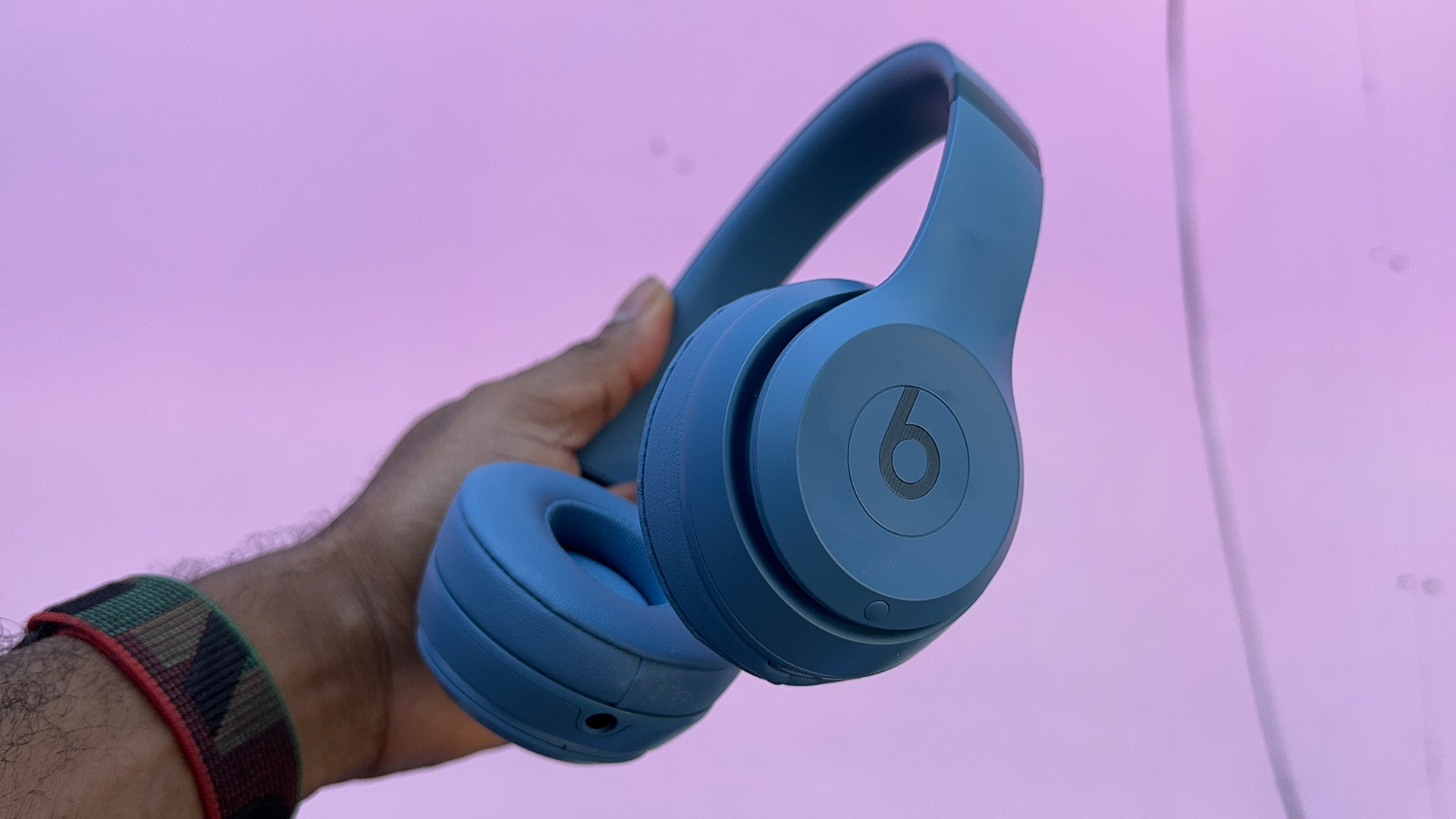
Available to order on April 30th from apple.com in the US, Beats Solo 4 on-ear headphones cost $199.99. Despite an upgraded feature set from the previously released Solo 3, the Solo 4 launches at the same price.
They’re currently available in three colors: Matte Black, Slate Blue, and Cloud Pink.
| Categories | Beats Solo 4 |
|---|---|
| Connectivity | Bluetooth 5.3, Class 1 Bluetooth, USB-C audio, 3.5mm analog |
| Driver | Beats 40mm custom-designed, passively tuned dynamic diaphragm transducer |
| Supported codecs | SBC, AAC, Personalized Spatial Audio with head tracking |
| Battery/Charging | Up to 50 hours of listening time Fast Fuel: 10-minute charge = up to 5 hours of playback |
| App support | Android and iOS |
| Colors | Matte Black, Slate Blue and Cloud Pink |
| Weight | 217 grams |
Beats Solo 4: What I like
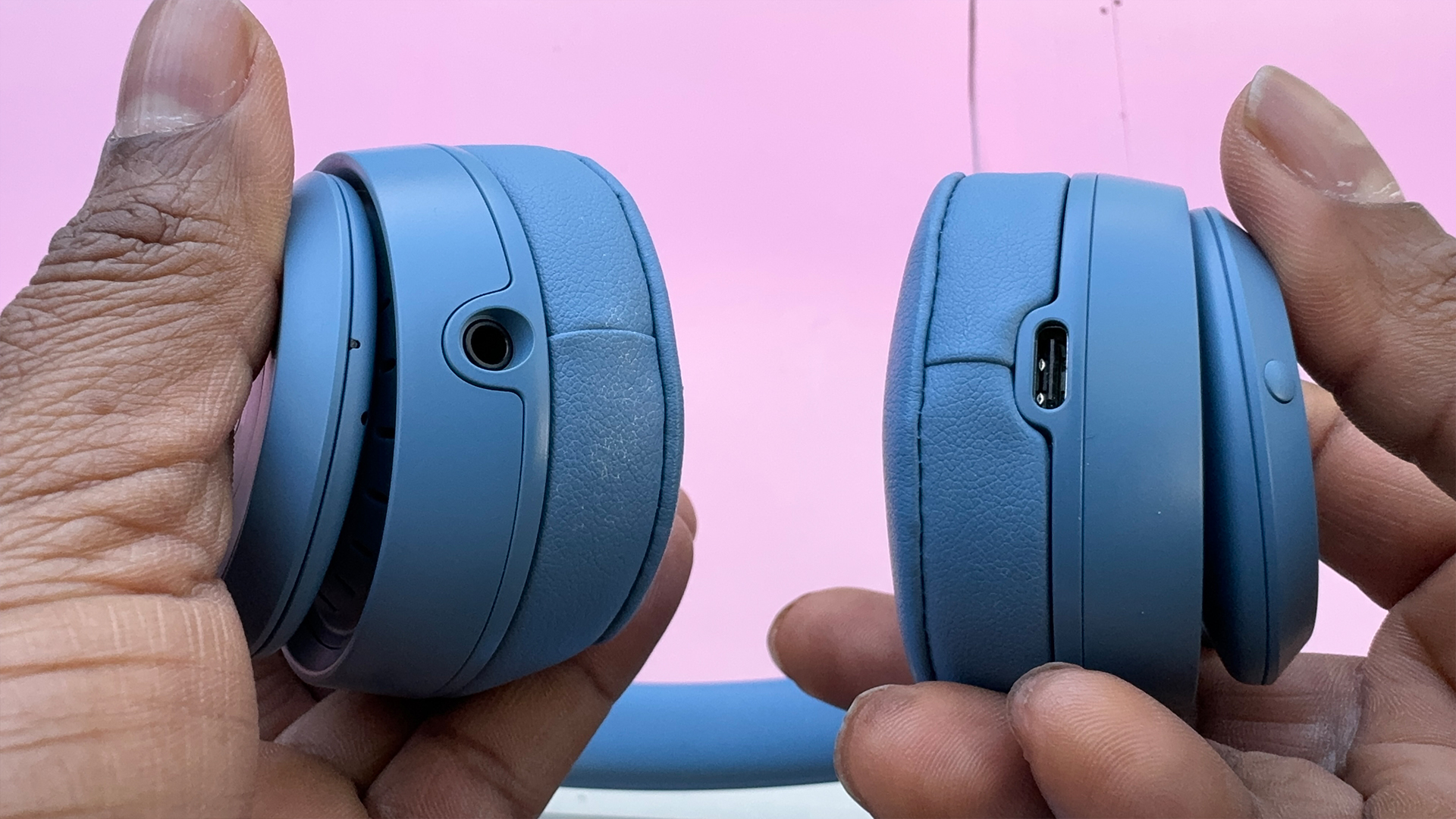
When I first listened to the new Beats Solo 4, I hadn’t yet read the reviewer’s guide the company had sent out with the invite to test them. Just like Ikea instructions, that guide remained unread until I’d put together some of my own assessments. However, I eventually needed to refer to that guide because it often points out new features and differences between a product's current and previous generations. Reading that doc illuminated my experience.
The Beats Solo Pro received much praise for their mature sound compared to previous generations of Beats products. The Solo 4 are more a sonic spiritual successor to the Solo Pro, but technically a direct successor to 2016’s Solo 3 wireless. Beats Solo 4 take the sonic maturity of the Solo Pro even further with a new construction process for its transducers and an upgraded acoustic architecture. The result is a new on-ear with a sound primed for accessible technical listening, being Beats-only passively tuned headphones.
Quote: Before I dove into my technical audio review, for reference, I cleansed my listening palette with some time on my Sennheiser 660S2, listening through playlists via USB-C DAC.
Since this is an Android site, let’s begin with the elephant in the room: Bluetooth codecs. AAC is the star of the show here, but you’re likely using a phone that supports higher-resolution codecs like aptX HD or LDAC. While I’d prefer at least aptX HD, AAC still sounds strong here, with some caveats.
Overall, the stereo separation is so detailed it’s beautiful to sit and actively listen to. The Apple Music lossless version of The Doors’ “Ryders on the Storm” has less noise than the versions I’ve found on Tidal, so it’s much more pleasing to listen to. Beats Solo 4’s dynamic range and clarity are good enough that I could clearly hear the whispers in Jim Morrison’s backing vocals on the track, an element of that mix I’d forgotten about. Mids aren’t so scooped with the Solo 4s as previous Beats.
The passive tuning does affect highs; the horns in Art Blakey’s “Moanin” aren’t as shrill as they can be with other headphones. The separation of instrumentation in the stereo image of Moanin’ is a delight when listening via Bluetooth.
If you’re a bass head, you may need some EQ if you’re expecting that signature bassy boom bap; these aren’t tuned for that out of the box. For example, in the Skrillex and Ragga Twins song “Ragga Bomb,” the bass doesn’t have the same resonance that it does on headphones tuned with a warmer low end. With the Solo 4 not having that “high fructose bass additive,” it will be a new experience for some.
It’s a joy to listen to, as the bass and sub-bass can be overwhelming elsewhere. The balance here is refreshing and not fatiguing like a heavily tuned bass response can be with a track like “Ragga Bomb.”
Tuned for "seasoning"
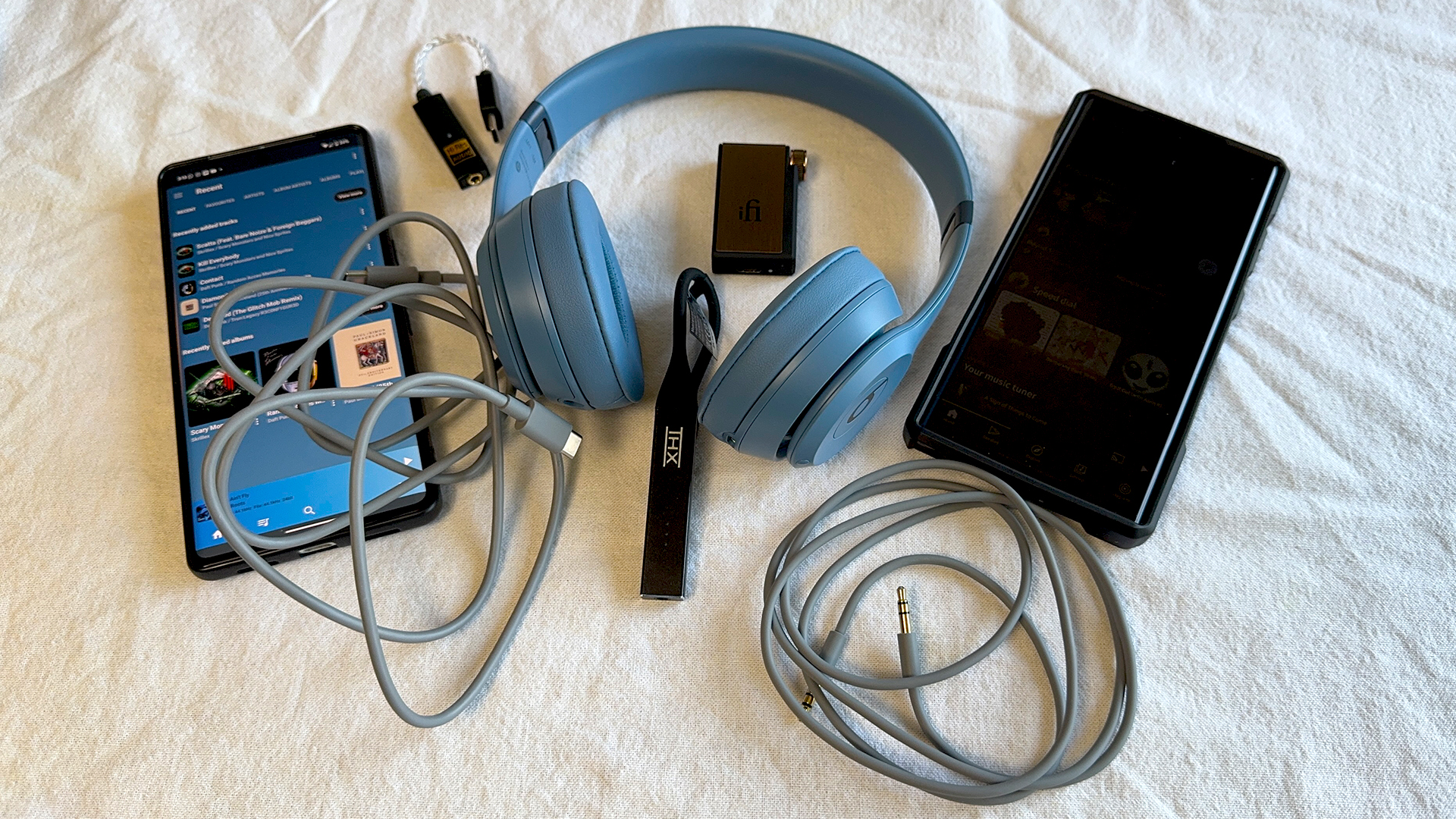
With this passive tuning, think of the Solo 4 like cooking with white fish—I love Chilean Sea Bass. It readily takes on the flavor of whatever you season it with. In the case of the Solo 4, seasoning comes in the form of which apps or DACs you use.
I played tunes from various music streaming apps and the local storage on a Pixel 7 Pro and Samsung Galaxy S22 Ultra. Tidal, YT Music, VLC Media Player, and Apple Music sound much better than Spotify over USB-C and Bluetooth. YouTube Music has the most presence and loudness regardless of my connection method. All three connections sound close to one another, but the 3.5mm wired connection really exposes the high-quality dynamic range of the Beats Solo 4 when played through different USB-C DACs.
I tested music through three different units: an iFi GO Link, iFi GO Blu, and THX Onyx. The iFi GO Blu, with its USB-C connection, has the most power, providing the most headroom and range. The GO Blu really elevates the Beats Solo 4 listening experience.
Remember when I said these “have no bass” at the outset? Perish the thought. Playing through the DACs, the 808 in The Roots’ “Illadelph Halflife” track “Push Up Ya Lighter’s” has serious resonance, with the rest of the elements sounding airy, with crisp vocals and tight sonics. The same goes for the title track from their freshman album, “Do you want more?!!!??!” The resonance of the heavy 808 is delightfully tight, while the snare drum is snappy without being fatiguing, and the bagpipes played here, layered toward the back of the track, are still quite present in the mix.
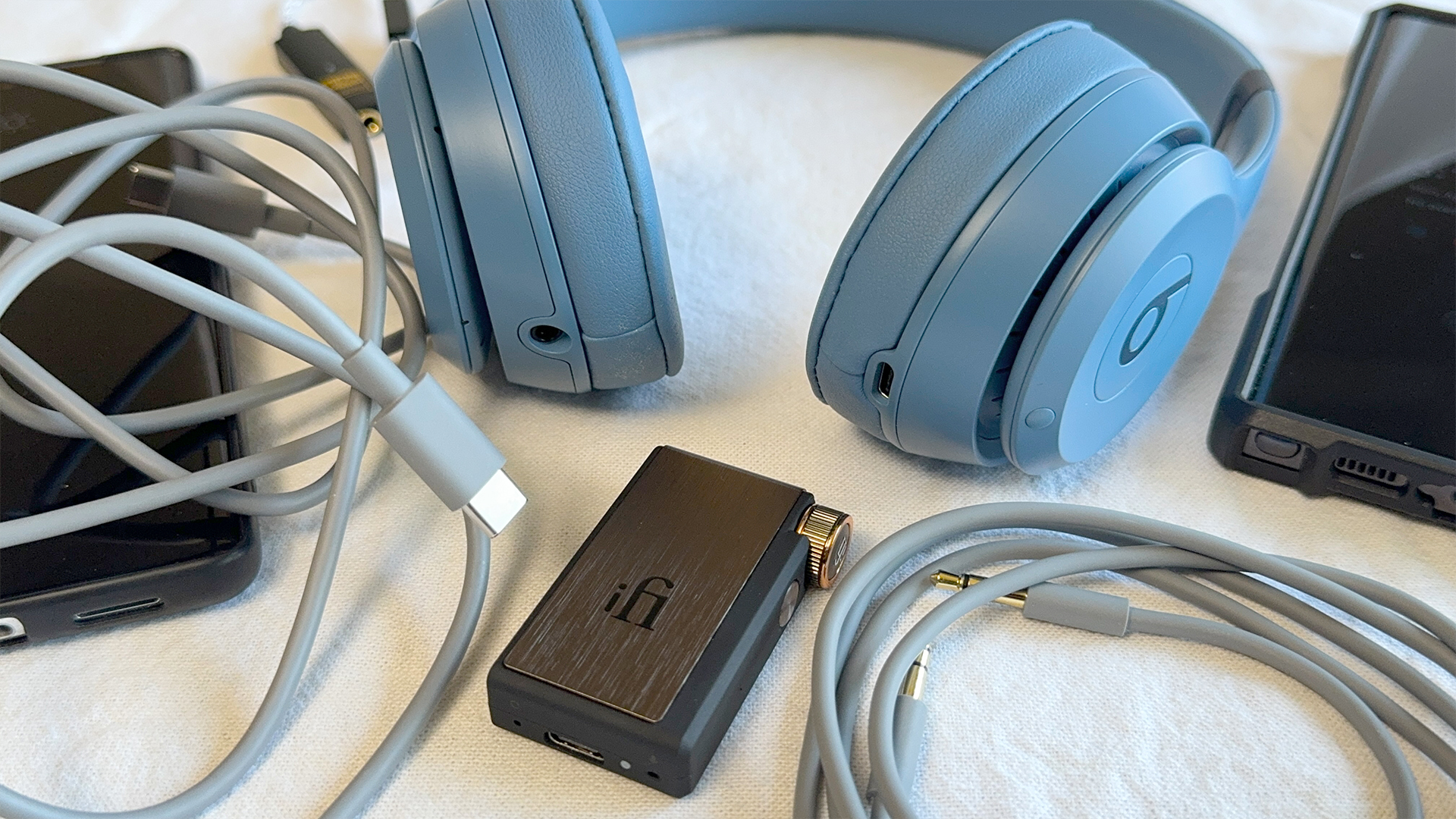
Spatial audio is included in this package, so off to Netflix I went, playing some content that supports spatial audio playback, such as “Blue Eye Samurai.” The taiko drum fight scene in episode two, “An Unexpected Element,” sounds terrific through the Solo 4s. The taiko drums play a rousing part in upping the tension of this scene. The Solo 4s reproduce the taikos with deep bass that doesn’t overpower the rest of the sound design, and the fight scene sound effects, the swords clanging, were full and bright without being irritatingly tinny.
In the opening scene of “Thor: Ragnarok,” Thor is exchanging some witty repartee with Surtur, who gets up from his throne, dragging his massive sword behind him. Good headphones reproduce this layered effect where it sounds like the dragging sword is in the back right somewhere. Beats Solo 4 do their spatial job here!
Aside from content, Beats also says it upgraded the mics from the analog affair in the 2016 Beats Solo 3 to digital MEMs mics in 2024 units. The call clarity in a quiet room is excellent, although in noisier environments, your mileage may vary. I’ve had some instances in testing where my voice cut through, but ambient traffic sound was also present. I’ve had other calls where my wife had issues hearing me when I was on the street. These things are difficult to assess because so many variables could affect what the caller hears on the other end, like cell signal strength. I hear callers just fine on my end, though.
Rounding out the list of features and upgrades, you’ll get 50 hours of battery life, thanks to Beats’ proprietary chip—no Apple “W” chips here. If you drain them and need to get in a workout or commute, 10 minutes of charging will get you five hours of playback. You can also use the 3.5mm connection, which requires no power. That USB-C port will charge while you’re listening to music, and it works for taking phone calls while connected as well.
Beats Solo 4: What could be improved
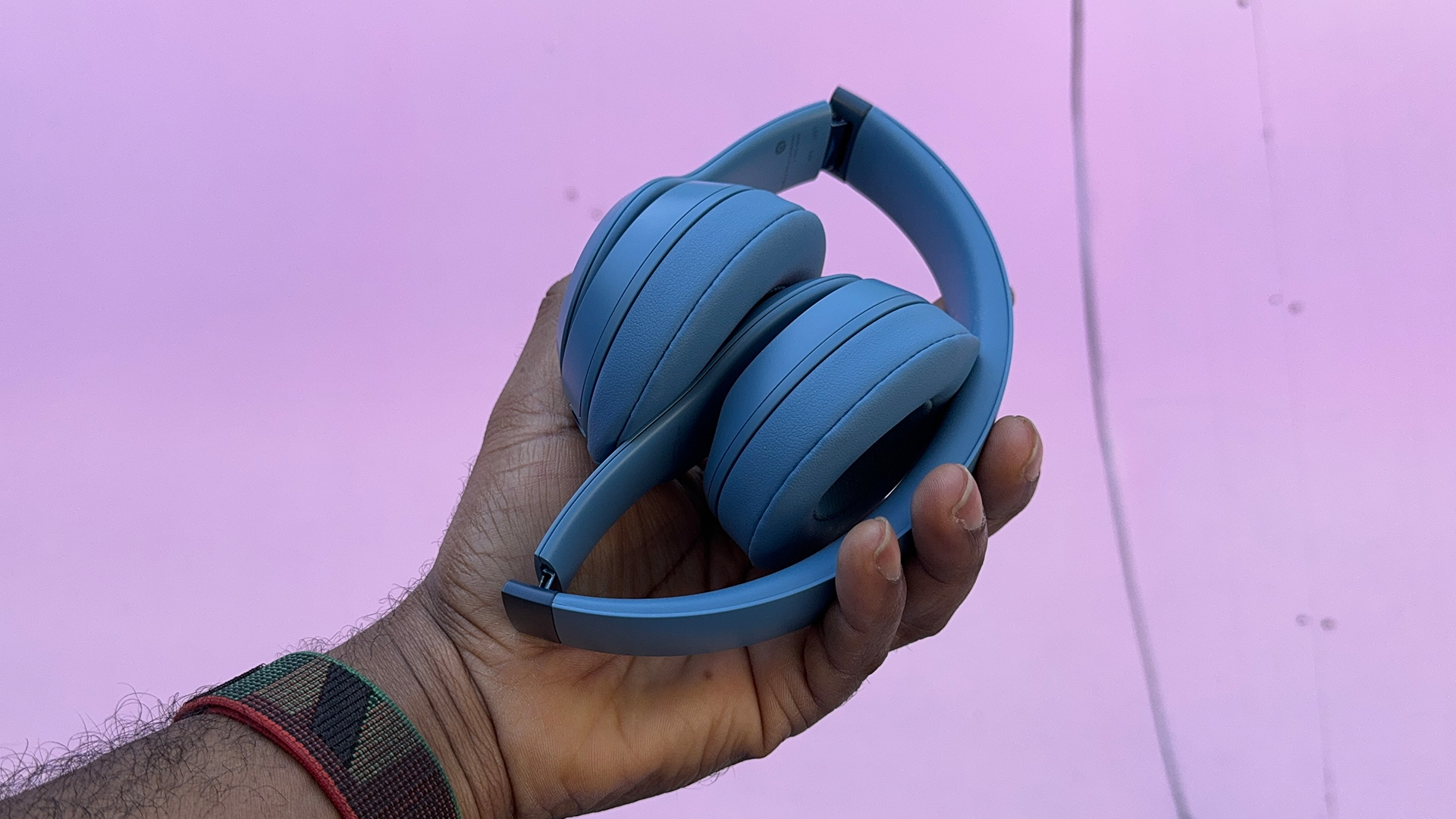
Like other Beats products recently, the Solo 4s support some native features on both iOS and Android. With them working to bring parity between the platforms, even going as far as including multipoint connections on Android (which is not supported on iOS), I’d like to see broader Bluetooth codec support. Not that AAC won’t work for most listeners, but a high-quality, high-bitrate LDAC stream sounds better to me than AAC. There is no night and day difference, but when we’re talking about audiophile or enthusiast-level listening, those differences in degrees can be noticeable to discriminating listeners.
I also prefer over-ear to on-ear headphones and carry a large backpack with me in most places, so size doesn’t matter. I have a large kaiju-size head, requiring that I shop XXL for hats. That said, I wore the Solo 4s for hours with no compression fatigue from my left year and, after a couple of hours of continuous wear, some discomfort in my right ear. After re-seating the headphones, that discomfort went away entirely. I think it was the angle I had them sitting on that right ear.
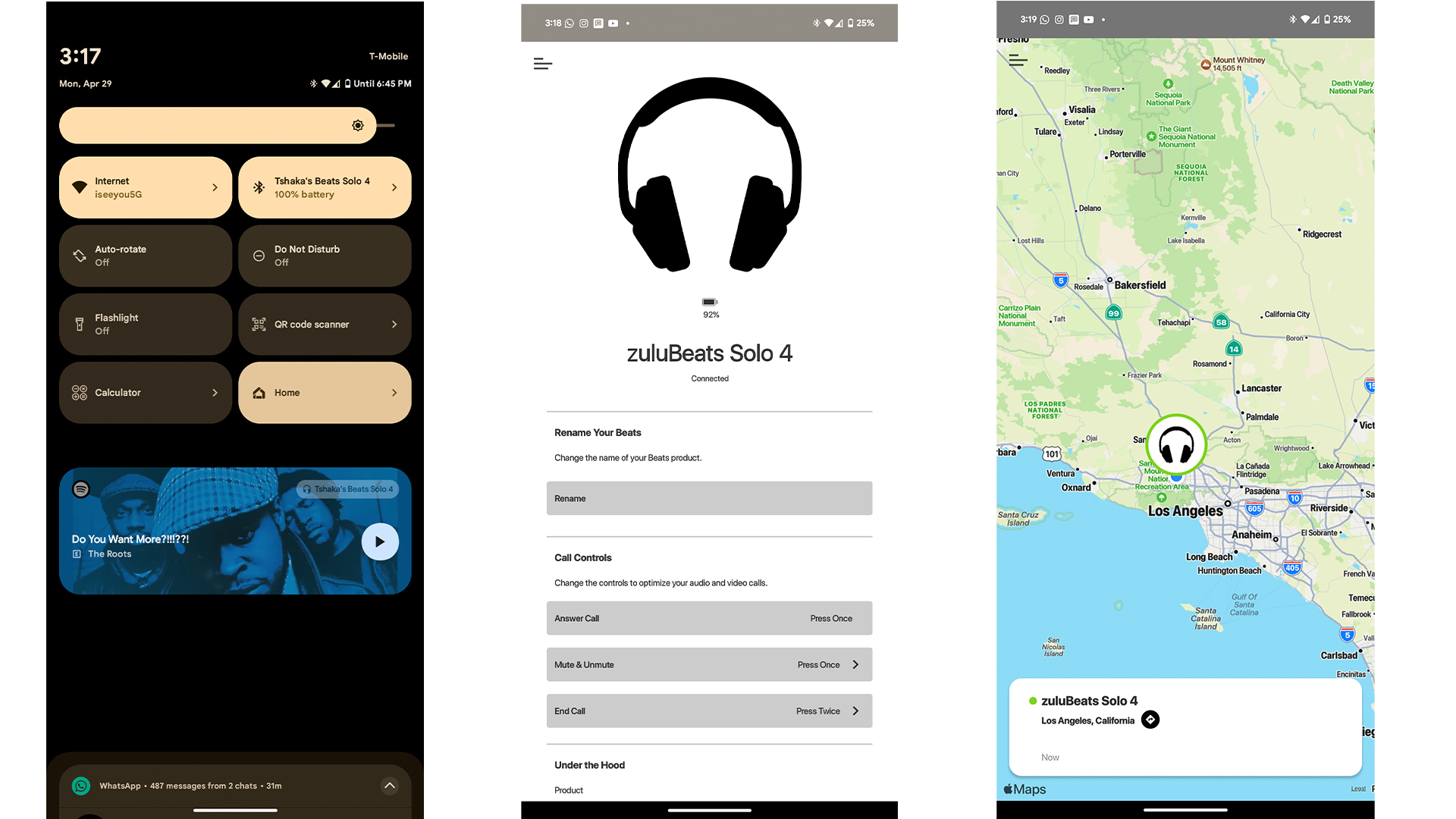
When it comes to the Beats app, it provides basic functionality like call control customization, registering your headphones, firmware updates, and “Locate My Beats.” With the passive tuning, I’d love to see a robust EQ added to the app. Sure, some streaming apps like Apple Music have EQ built in, but having it in the Beats app would mean that my sound preferences are persistent across apps. There would be no need to EQ my Solo’s in every app I use.
Beats Solo 4: Competition
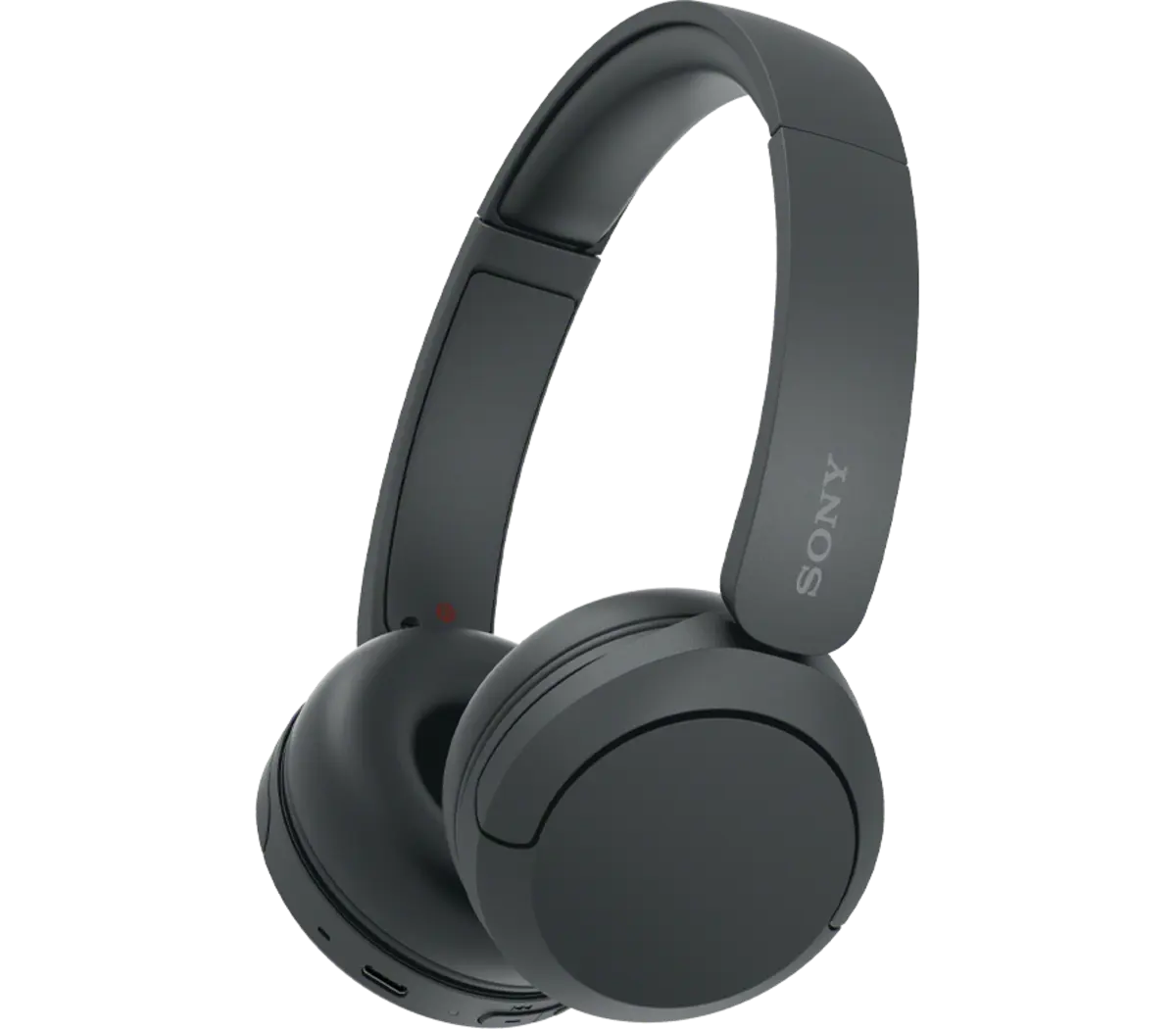
Currently, there really isn’t any “apples to apples” competition for the Beats Solo 4. A few on-ear headphones are on the market at significantly lower price points, but I wouldn’t necessarily say they compete.
Skullcandy offers their Riff Wireless 2 on-ears for $49.99, but they won’t be anywhere near as neutral or likely have a similar range. JBL Live 670NC will run you $130 and have ANC and a transparency mode. They also support Bluetooth LE and include a 3.5mm cable. I haven’t tested them, so I can’t speak to their sound quality.
Last, for just under $60, probably the closest you’ll get in terms of sound quality will be Sony’s WH-CH520 on-ear Bluetooth headphones. They don’t have USB-C audio support or a 3.5mm audio port, but for a third of the price, you get 50 hours of battery life, AAC, multipoint, and an app with EQ functionality.
Beats Solo 4: Should you buy it?
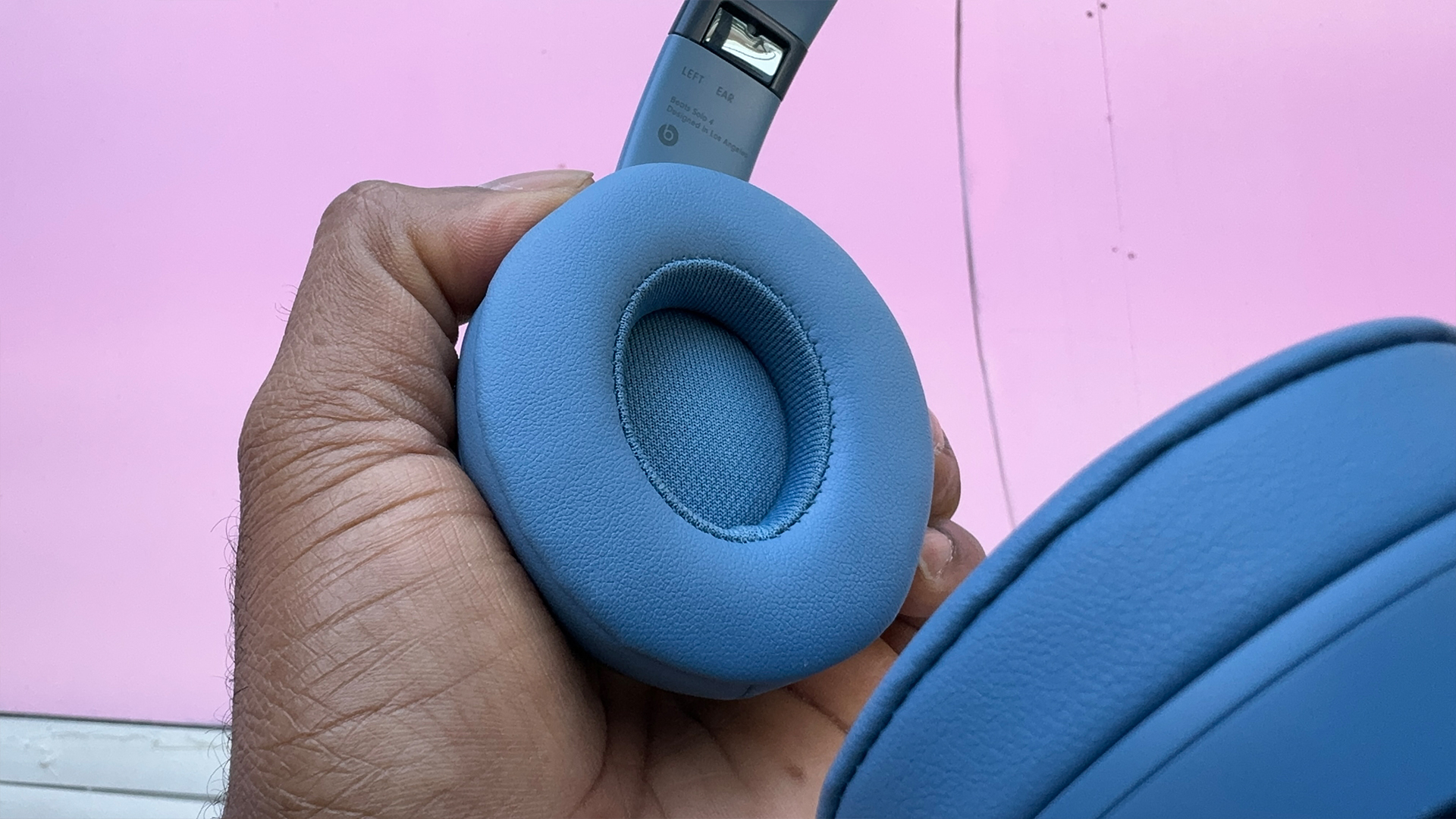
You should buy Beats Solo 4 if...
- You want a neutral pair of "entry-level" audio enthusiast on-ear headphones.
- You use a USB-C DAC/AMP.
- You don’t want/need ANC.
- You want flexibility for active listening.
You shouldn't buy Beats Solo 4 if...
- You need ANC.
- You want Bluetooth Hi-Res Audio.
I thoroughly enjoy listening to Beats Studio Pro, which have warm tuning in the low end without compromising the rest of the frequency range. Still, with Beats Solo 4’s neutral tuning, those passively tuned transducers are also thoroughly enjoyable and will be a revelation for some listeners—especially those who’ve made their entire personality hating on Beats.
The Solo 4 represent a departure from the signature Beats sound, but that isn’t a bad thing. They’re an evolution and, ultimately, an opportunity for listeners to fully experience the lossless audio they may be paying for on Tidal, Qobuzz, or any other services streaming high-fidelity audio files. They're even better if you want something wireless that is light, compact, and easy on the go but offers the flexibility to begin that journey into technical listening when you’re in the right environment and headspace for it.
If on-ear headphones are your jam, Beats Solo 4 represent some of the best you could rock out to. Possibly the best available right now!
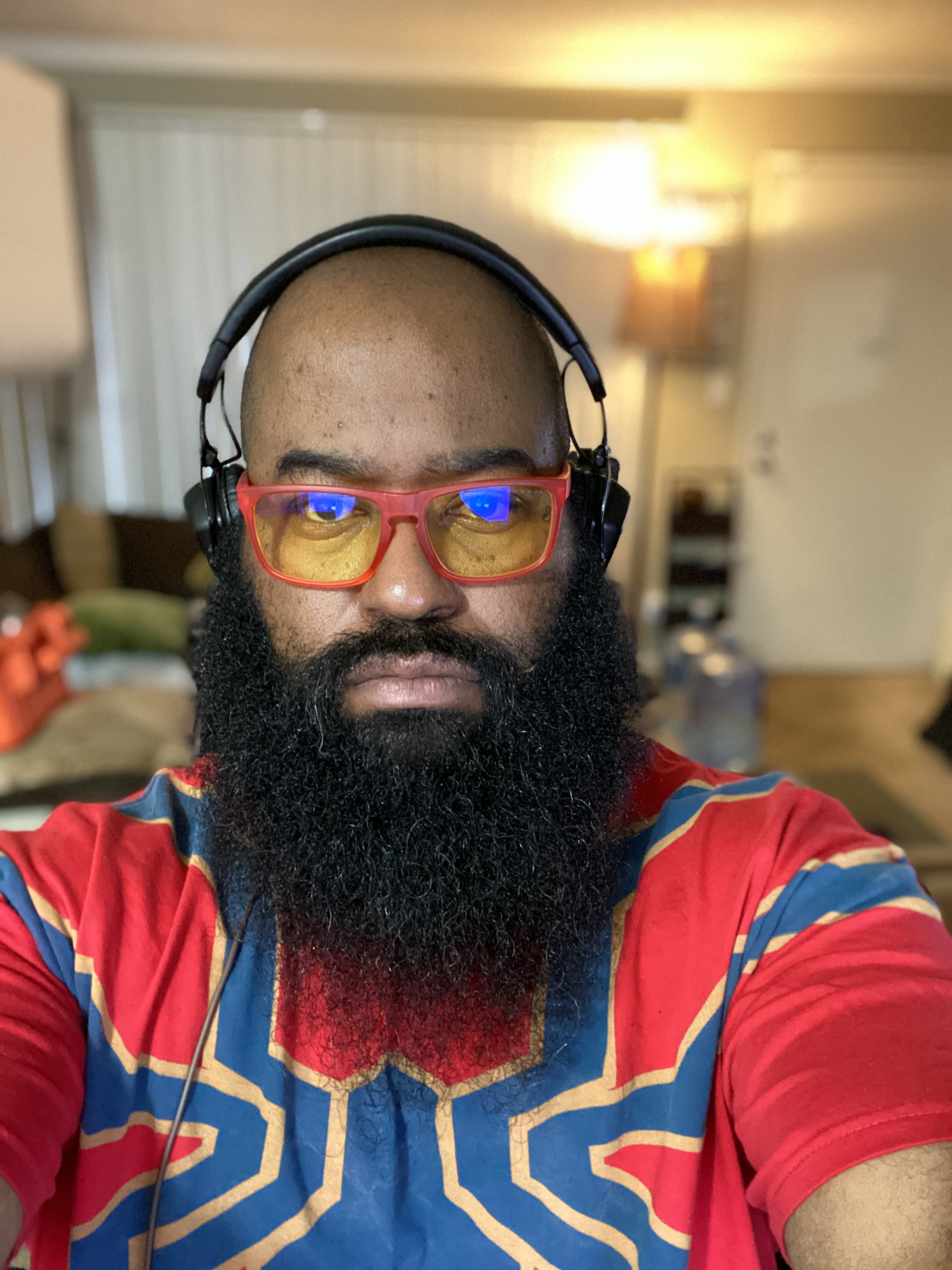
Tshaka Armstrong is a nerd. Co-Founder of the non-profit digital literacy organization, Digital Shepherds, he’s also been a broadcast technology reporter, writer and producer. In addition to being an award-winning broadcast storyteller, he’s also covered tech online and in print for everything from paintball gear technology, to parenting gadgets, and film industry tech for Rotten Tomatoes. In addition to writing for Android Central, he’s a video contributor for Android Central and posts everything else to his own YouTube channel and socials. He blathers on about his many curiosities on social media everywhere as @tshakaarmstrong.
You must confirm your public display name before commenting
Please logout and then login again, you will then be prompted to enter your display name.
